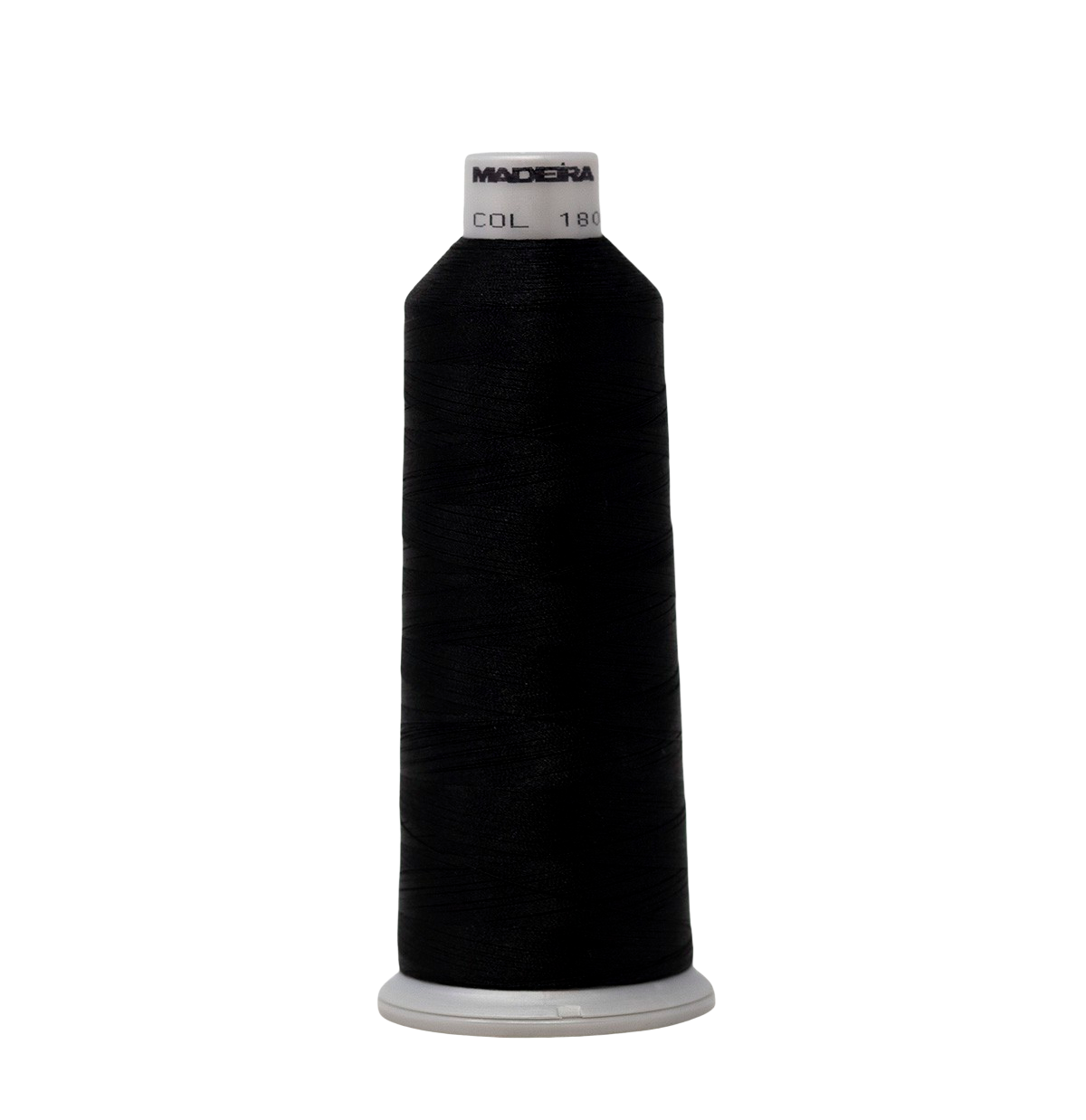Embroidery Placement & hooping for polo shirts
Osman Bayrak
Polo Shirts- Placement
Needle: #75/11 BP
Backing: Cutaway, Water soluble topping optional.
- Polo shirts are knit fabric and require a stabilizing backing like cutaway.
- If a white garment is being sewn a sheer cutaway is recommended as it leaves no halo affect behind the light colored garment after the backing is trimmed.
- Solvy topping is recommended if a detailed design is being sewn or if slight distortion occurs on a pique polo.
PLACEMENT CHART
| Men's | Women's | ||
|---|---|---|---|
| Left chest | S,M,L | measure 8" down from left shoulder and 4" right of the placket center | measure 6.5" down from left shoulder and 3.5" right of the placket center |
| XL & XXL | measure 9" down from left shoulder and 4.5" right of placket center | XL, & XXL, measure 7" down from left shoulder and 4" right of placket center |
SIZE CHART
| Style | Men's | Women's | Child's |
|---|---|---|---|
| Script Name | 12.7mm-16mm | 12.7mm-16mm | 10mm-12.7mm |
| Script Initials | 16mm-19mm | 6mm-19mm | 12.7-16mm |
| Block Name | 12.7mm-l6mm | 12.7mm-l6mm | 10mm-12.7mm |
| Block Initials | 16mm-19mm | 16mm-19mm | 12.lmm-16mm |
HOW TO FRAME A POLO SHIRT
STEP 1 |
Place 12cm, 15cm or 18cm frame onto hooping device. Loosen the frame thumbscrew. |
STEP 2 |
Lay garment flat, measure down and over using placement chart above. Mark center point of design with a pin. |
STEP 3 |
Select a piece of cutaway large enough to cover entire frame. |
STEP 4 |
Slip garment over framing device. Place your pin in the center of the frame. Make sure grain is straight before pressing frame insert into place. You may pull the garment from top to bottom to straighten grain and pull out excess puckered fabric inside the frame. Tighten thumbscrew. Knit garments must be taut without being over stretched. You would normally never pull a knit garment from side to side, this would create a puckered effect. The exception is to straighten the grain only. |
STEP 5 |
Lift the frame out of the framing device. Handle garment by the outer edges of the frame, so as not to loosen the fabric tension of the framed garment. You're ready to attach frame to the machine. |
STEP 6 |
When the garment has completed sewing. You may trim the excess Cutaway backing, approximately 1/4" around the stitching. Do not trim backing between letters or designs, or the garment may loose shape. If solvy topping was used simply pull away from stitching. Small amounts of residual solvy will simply wash out after its first laundering. |
| Use a full piece of cutaway or No-show backing instead of strips. The added strength of the full piece of backing with Adhesive spray will result in an overall better design with less distortion of lettering and designs. |
| If added stability is needed use one Cutaway and one Tearaway backing. The tearaway will give additional strength while sewing but can be pulled away when completed. |
| For added clarity on multicolor designs with extreme detail you may wish to add an additional piece of Solvy after a thread trim. |
| Cutaway backing is recommended on most knit fabrics, but when this is not possible, the use of two Tearaway criss crossed will give added strength. Pull one layer away at a time. |
| If holes appear in the garment around the edges of the design check for: - Too high of a density for the size sewn? - Was the smallest frame size used? - Was the correct backing and adhesive used? - Use a smaller size needle. Ex. was 75/11 BP used try a 70/10 BP instead. |










